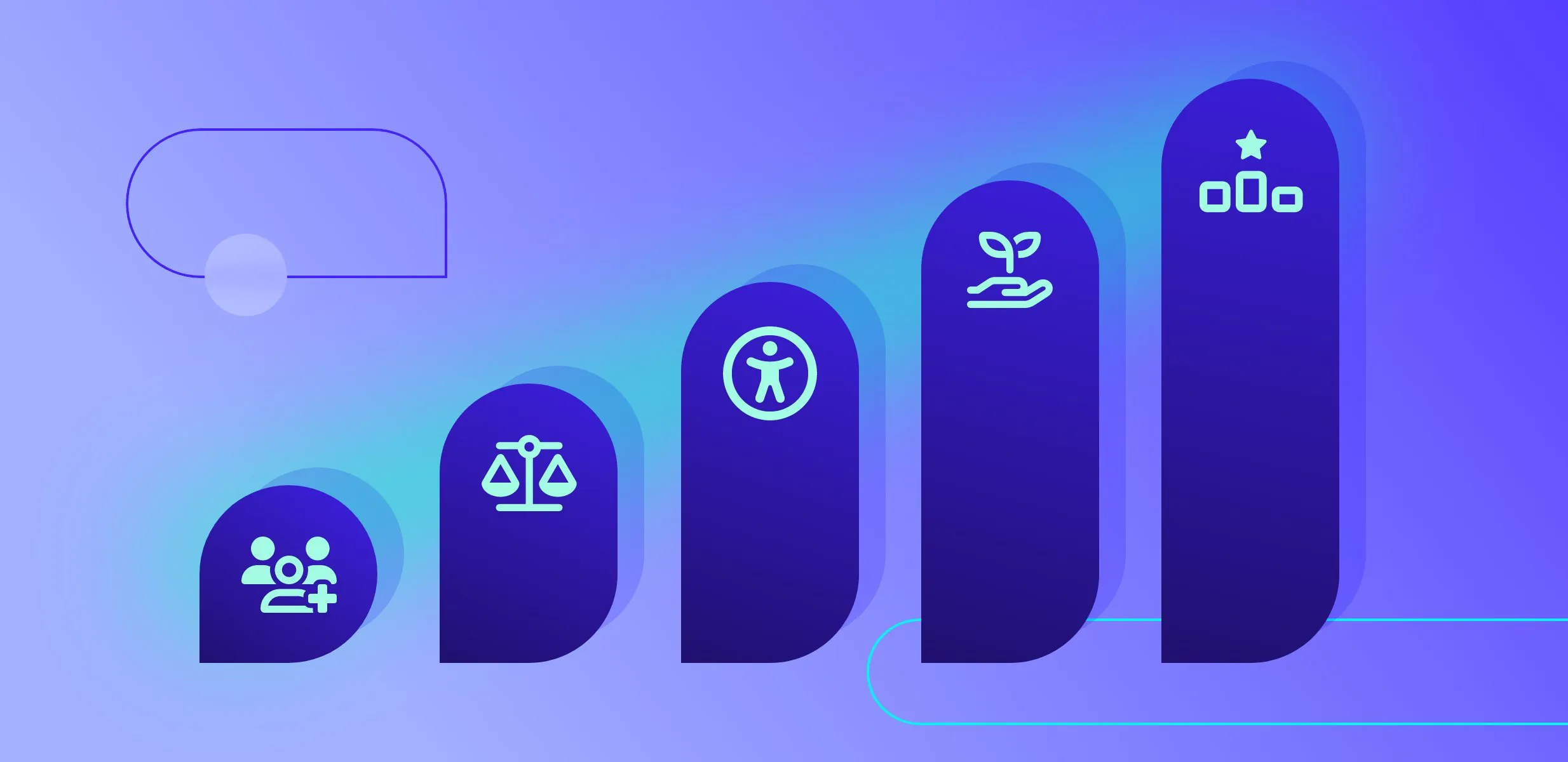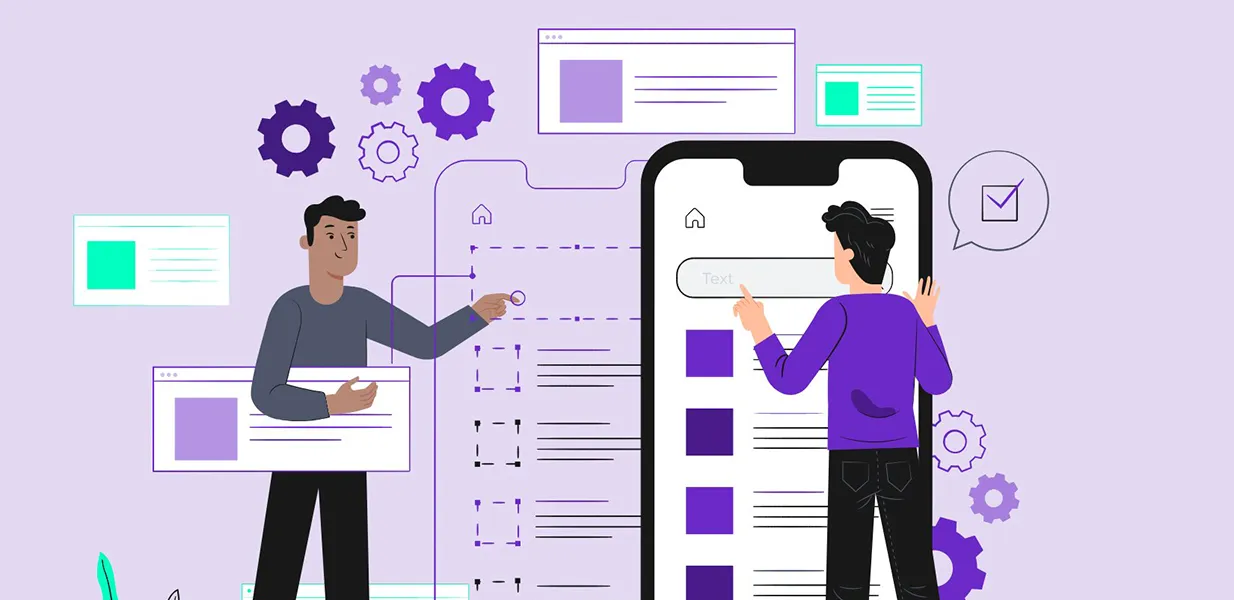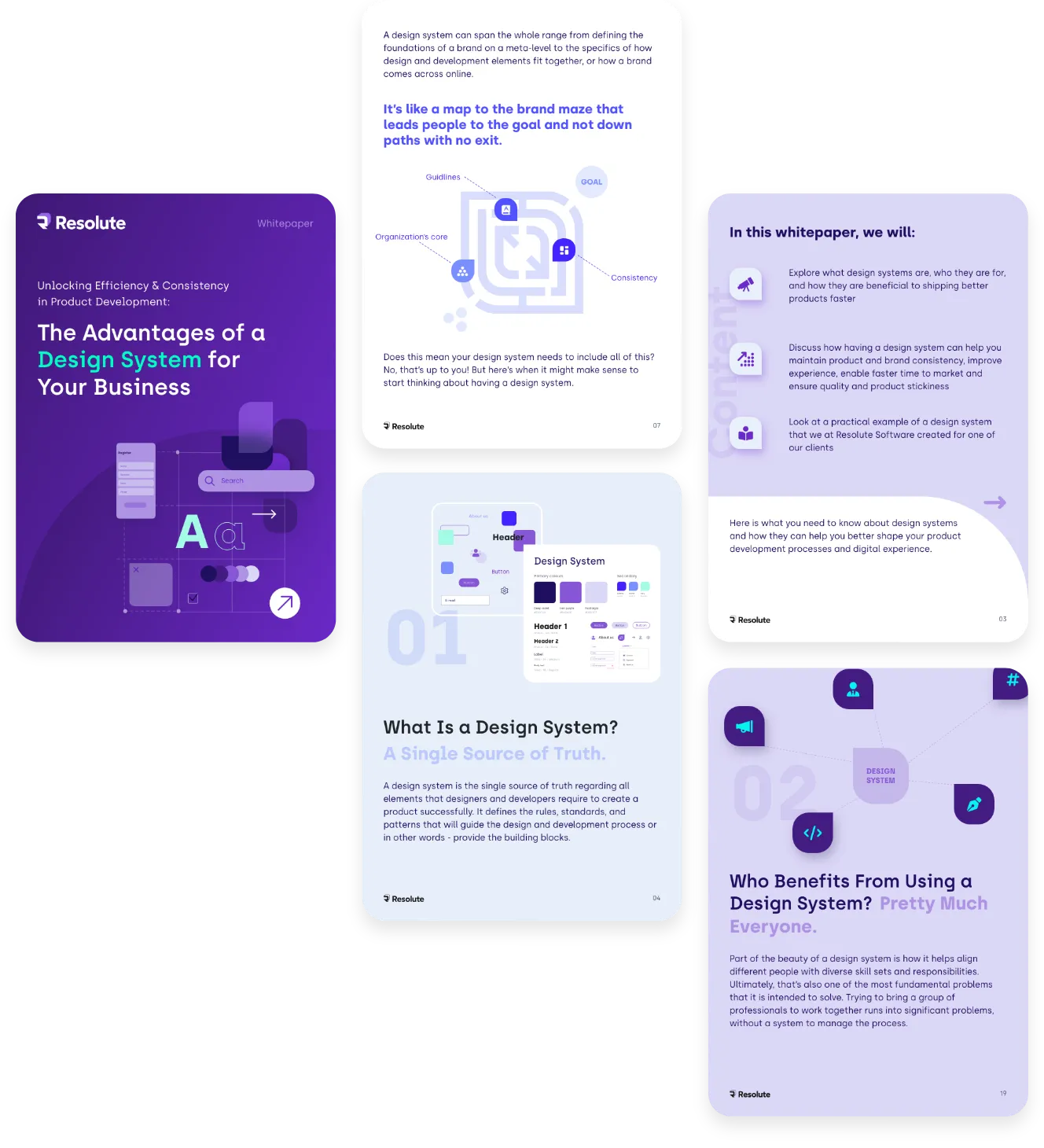
What is UX design and why does it matter?

Have you ever felt hooked on a website or an app and wondered why? Have you ever visited websites that are so easy to navigate and others that are quite complex? UX design stands at the base of these questions.
It has become a common term in the digital world — but what is UX design, really, and why should your business care about it?
What does the term UX design mean?
UX design is the process of creating products that provide a seamless user experience, are easy to use, and are pleasant to interact with. It’s about making sure your customers will find value in what you’re providing. UX design also includes branding, interaction design, usability testing, and different functionalities.
In fact, UX design is important for all types of companies and across various industries. User experience design, or UX, in a nutshell, means that the design of an application, webpage, or another digital product is created with ease of use in mind.
A bad user experience is often the reason why online buyers would not use a website. Also, the reason for online companies to fail is bad usability in more than two-thirds of cases. UX design is definitely not something that brands should overlook.
The difference between UX and UI
UX (user experience design) and UI (user interface design) are terms that are often used together and it is inevitable to talk about UX design without mentioning something about the UI. However, they are not the same thing.
User experience design is focusing on the user’s journey and how to solve their problem. UX design entails the whole approach of creating digital products with consideration for the user’s experience in the human-computer interaction and focusing on the general feeling of engaging with your brand. UX design can be found everywhere: in a supermarket, the ergonomics of a vehicle, the usability of a mobile app, or a website. This doesn’t necessarily mean UX designers can design the actual user experience, but they can create conditions that are more likely to lead the customer in a particular direction.
UI design, or user interface, on the other hand, signifies the design element in this UX design processеs which ensures the user interface offers optimal performance to human users. UI refers to the visual design of the screens a user navigates through when using a mobile app, or the buttons they click when browsing a website. UI design covers the visual elements such as typography, color pallets, animations, touchpoints, etc.
As we now have outlined the differences between UX and UI design, let’s dive deeper into the principles.
The main features of good UI/UX design
Why is UX design important? In essence, because the way in which your customers interact with your digital products matters for their satisfaction and opinion about your brand.
Getting user user experience web design right shouldn’t be a mission impossible. In fact, there are central components that every ux designer needs to have in mind at all times and which guarantee the good ux design of your digital products.
Here are the key principles that our expert ux designers at Resolute Software adhere to for optimal results.
Focus on interaction design (IxD)
IxD, or Interaction Design, stands for the way design elements are being employed to provide a meaningful and useful interaction to online users — or user-centered design. Interaction designers should optimize the experience for users, so they can achieve the most through each interaction. UX designers should always consider the interactive elements such as buttons, animations, calls to action, loading indicators, and page transitions.
There are five dimensions that are particularly important in interaction design:
- Words - your content should be written in such a way that it communicates information easily to the end-user.
- Visual representations — graphics, images, typography, icons, or diagrams, the visual design is as important as the easy-to-read text and even more powerful than the content. It makes it easier for the users to get used to the website and feel familiar with its interface.
- Devices - always consider the medium through which the user interacts with the product. Whether they use a desktop, tablet, or a mobile screen, users anticipate to see a responsive design that doesn't affect their interaction with the product.
- Time - the time in which the user interacts with and makes use of the first three dimensions
- Behaviour - this includes the functionality of the product: how users perform actions, and how they use it.
Make sure visual design works too
Besides the specific ux design elements, visuals should also be used in appropriate ways to further the usability of a website or application. Visual design is about more than aesthetics. Designers place elements carefully to create interfaces that optimize the user experience and drive conversion. Graphic design has an important contribution to the overall feel and is an essential part of visual communication.
The way graphic elements are designed has to be based on their purpose in the overall flow of your digital product. There’s no need for flashy designs — instead, lean and functional are the keywords these days. Visual designers should strive to create content that is consistent and organized, giving users the context they need in line with the brand’s feel.
Get information architecture right
Information Architecture (IA) is key in devising digital products with high levels of usability. It is the practice of organizing information and content in a meaningful and accessible way. This is crucial in helping the user to navigate their way around a product. It refers to the way information is structured and layered to make the most sense to users.
IA is crucial in helping the user navigate through a website or complete a goal. To build the right structure, information architects consider different sets of insights on content, intent data, used language in copywriting, consistency, etc.
Within these four areas, there is a whole host of sub-disciplines. As you can see in the following graphic, web design and user experience design is so much more than just a case of sketching and wireframing. It’s a multidisciplinary field, drawing upon elements of cognitive science and psychology, computer science, communication design, usability engineering and more.
IA is directly linked to the user flow — the steps through which a user passes when interacting with your website or application. User flows add specific details to the customer journey paths and user stories that the product team has created. Obviously, the focus is on easy and intuitive navigation.
Wireframing
What does wireframe in ux/ui design mean? In essence, it entails a mockup drawing of an interactive product. UX designers can thus set the structure and user flow in an easy and cost-effective way — without having to wait for the final product to test how it works. They can experiment with different elements and their arrangement while looking for the best solutions for user interfaces.
Basically, through wireframing, you get a sample of your digital product, so you can test its usability. This skeleton of the prototype, which can be either on paper or made through software, allows you to try out the features and check out the actual design.
There are variations as to how wireframing can be done — for example, you can have low-fidelity or high-fidelity wireframing. In this first option, content and images are arranged through grayscale placeholder elements. For high fidelity, better quality imagery is used and in some cases even interactive elements, so that the model is more realistic. A good wireframing process effectively feeds into a good prototype, which you can then employ for usability tests.
Wireframing provides you with a cheap and effective way to judge whether your website or application will help achieve your business goals. It allows you to figure out if the product would offer a positive user experience for the end-user.
It’s all about usability testing
Usability is one of the most important ux principles that any ux designer should follow. Through using interaction design, visual design, information architecture, and wireframing, the purpose of UI/UX design is to achieve usability for your online customers.
Usability testing is important to the business because it is done by real-life users, who are more likely to spot mistakes or to reveal issues that people familiar with a website can no longer identify. Sometimes a non-professional opinion can be very helpful to get to know more about the customer’s point of view.
Bringing in new users to test your site and/or observing how real people are already using it are effective ways to determine if the product:
- is easy to use
- has accessible design
- is achieving users’ goals with each interaction
- is quickly loading and interactive
- has readability issues
- has simple and intuitive navigation
- is mobile-friendly
This type of user research is essential, especially with new products or new design updates or otherwise you risk building the wrong product or feel.
How to get usability testing right
As noted, usability testing is a central activity in ensuring UX design works — and in the purpose and meaning of UX design as a whole. But when should it be done and what’s the benefit for your business, exactly?
The timing of conducting usability testing is essential for reaping the maximum benefit from it. While many user experience designers know it should be done, there’s some hesitation as to when to do it.
In principle, the best moment to test usability is during the initial research stage. This is when you can gather precious insights into what would work and what wouldn’t for your digital product.
The user testing can then feed into your design decisions by providing a valuable understanding of users’ pain points. In the long run, this initial investment pays off — because you understand your target customers better through the user feedback, it improves customer satisfaction with the end product and saves you time and money for redesigning and fixes.
When done on a product that has attained maturity it helps to understand the user’s success rate and time spent to complete a task. There are hundreds and thousands of cases when usability testing proved to be a good exercise in terms of ROI.
Keep in mind that you can use UX research through testing at various points. In the initial stages, you can conduct generative research to figure out design ideas and the major issues. Later on, it’s highly recommended to revise the existing solutions by carrying out evaluative research too.
Why UI/UX design makes a difference in business growth
UI/UX design is important for your company for a number of reasons — and they are not abstract, but give you quite a specific competitive advantage.
First and foremost, in terms of business interest, UX design optimizes the conversion rates that you can achieve through your digital assets. Simply put, this means you can sell more of your products or services.
How does UI/UX design achieve that?
- It improves the engagement of online users with your website or application. When people can interact in an easy and smooth way with your digital product, they are more likely to refer to it more often.
- It hikes up the performance of your online platform in terms of SEO. With good usability, your website inevitably ranks better in searches and is thus more easily discoverable.
- It builds up the online reputation of your brand and increases users’ trust in it. Customer satisfaction rises when people can interact in a seamless way with your digital assets. Efficiency also contributes to their opinions. And don’t forget — it’s always important to make a positive first impression on people.
- It improves customer acquisition and retention levels. This means clients are more attracted to your brand and stay with it for a longer period of time.
Through all these points, UI/UX improves the overall ROI of your digital efforts. You can achieve more with the same digital products — you just need to integrate UX design thinking into each of them.
Get your UX/UI right with the help of Resolute Software
Our seasoned UX/UI experts at Resolute Software have proven UX design skills and a rich design portfolio that has successfully concluded more than 100 collaborations with clients worldwide, bringing their in-depth understanding to the table with a customer-centric and future-proof approach!
What’s your current UX/UI challenge? Just get in touch with us to learn how our custom-built UX assessment can help your business overcome them — whether it’s to create a UX strategy, improve UI design, or to conduct user research.
FAQs
UX design encompasses the overall user flows that people go through when interacting with a website or an application — or the entire user journey. A user experience designer improves the structure, design, and interactivity of your digital assets.
UX (user experience design) and UI (user interface design) are terms that are often used together and it is inevitable to talk about UX design without mentioning something about the UI. However, they are not the same thing. UX designing means the overall approach to creating digital products that have a high level of usability. UI, or user interface design, refers to the actual visual appearance, including the presentation and interactivity of an application or a webpage.
UX design matters for your business growth because it has a direct and positive impact on user engagement, the performance of your digital assets in terms of SEO, improvement of brand positioning, and optimization of conversion rates.
The role of UX designers is crucial in creating websites and applications that work for users and address their needs. UX professionals define the structure and functionality that are fed into each digital product, so that the interaction with it is easy, meaningful, and satisfying for online customers.







